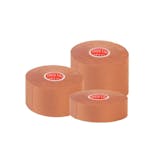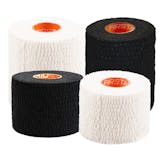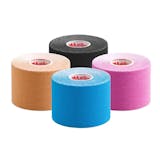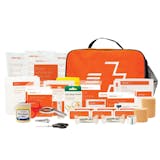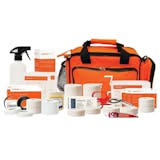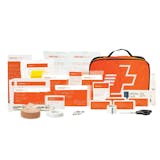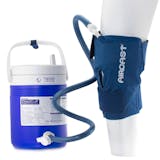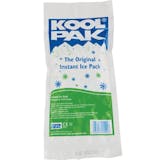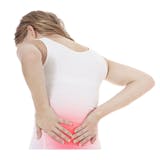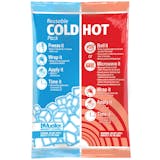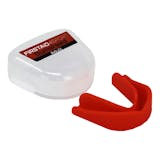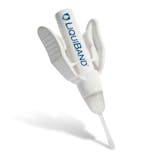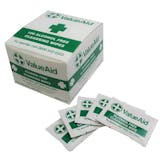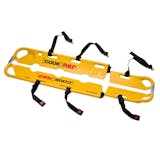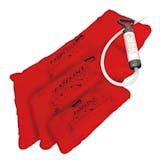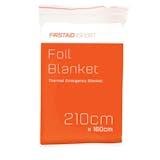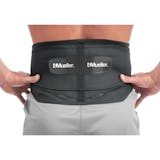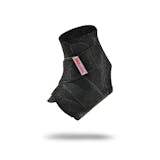PRICE Injury Protocol
PRICE - The protocol for immediate treatment of injury
The PRICE regime (formally RICE) is a simple 5 step protocol that even somebody who is not trained in first aid can use to minimise the effects of immediate injury. The earlier the PRICE regime is adopted, the better. The PRICE regime should be used immediately when an injury has been sustained while further medical attention is being saught. If the patient experiences too much pain during this process, stop it immediately.
"P" is for Protection - Protect the injured person and the area being treated but also PROTECT YOURSELF. If the injury was on the sports field, stop the game. Protect the area being treated with a splint if possible. If the patient can move, carefully move them to a safer area using a stretcher or a crutch, but if there is any doubt, do not move the patient.
"R" is for Rest - Allow an injury time to heal. Being brave and playing through the pain is not wise. Ensure rehabilitation time to allow even a small injury to heal.
"I" is for Ice - By applying ice either from a freezer, an Ice Pack, or even a pack of peas on to the injury, you will reduce the pain and inflammation. It is advisable to wrap the ice pack in a cloth to prevent cold burns on the skin.
"C" is for Compression - Compression of the swollen area will help to reduce the swelling. Using a stretchy bandage such as Cohesive Bandage, Elastic Adhesive Bandage or Tubular Bandage will suffice.
"E" is for Elevation - Elevating the injured area so that it is above the heart reduces the flow of blood to the area and reduces swelling. Again, ensure the patient is completely comfortable and do not elevate an injured area if this causes excessive pain.


